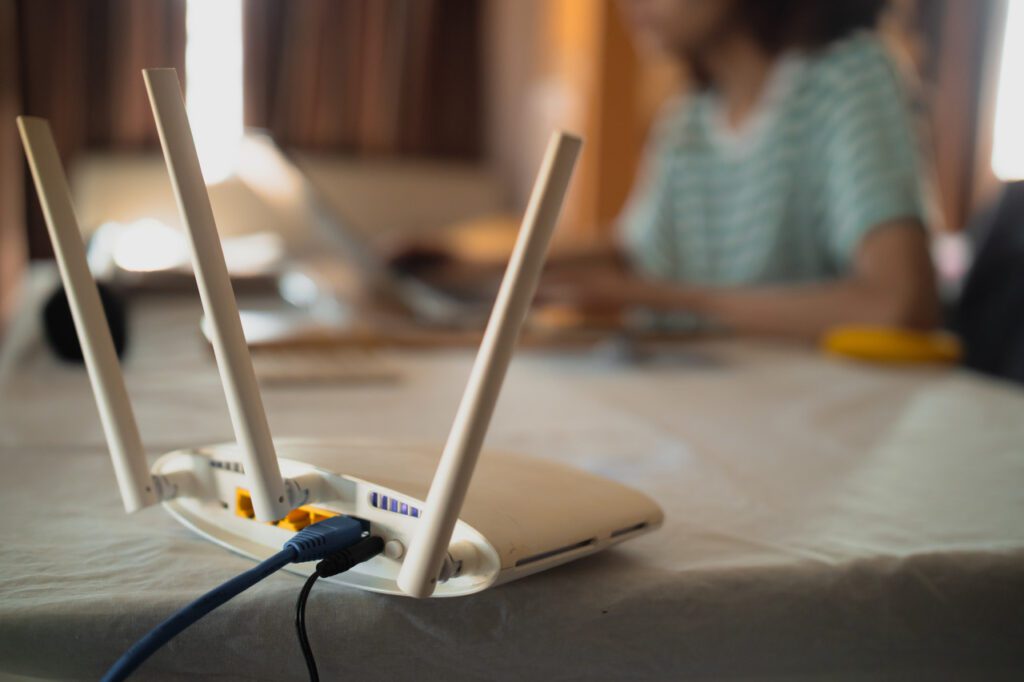As businesses become increasingly dependent on technology, the role of network hardware has become more crucial than ever. From switches that connect devices and control data flow, to WiFi routers that provide wireless connectivity and firewalls that protect against cyber threats, these components form the backbone of any modern business network.
Just like any other piece of technology, network hardware also has a lifecycle. Understanding this lifecycle is essential for businesses to effectively manage and maintain network infrastructure. In this article, we will discuss the general lifecycle and life expectancy of different types of network hardware, as well as provide tips on when and how to replace them efficiently.
Understanding the Lifecycle of Network Hardware
The lifespan of a particular piece of hardware can vary greatly depending on various factors such as usage, quality, and maintenance. However, on average, the life expectancy of switches, WiFi routers1, and firewalls is as follows:
- Switches: 5–7 years
- WiFi Routers: 3–4 years
- Firewalls: 5–8 years
It’s essential to note that these are just general estimates and can vary depending on the specific brand, model, and usage.
Signs That It’s Time to Upgrade
While network hardware may have an estimated lifespan, it doesn’t necessarily mean that it will suddenly stop working after the recommended time. However, certain signs indicate when it’s time to upgrade these components. These signs include:
- Frequent Network Disruptions or Downtime: If you’re experiencing regular network outages or slowdowns, it could be a sign that your hardware is struggling to cope with the demand.
- Outdated Technology: Old hardware may not support newer technologies and standards, such as higher Wi-Fi speeds or advanced security protocols.
- End of Life/End of Support: If the manufacturer stops offering updates or support for your hardware, it’s typically time to consider upgrading.
- Increased Network Demand: If your business has grown or changed and your existing hardware can’t handle the increased network traffic or security requirements, it might be time to upgrade.
- High Maintenance Costs: If it’s costing you more to maintain and repair your legacy hardware than it would to upgrade to new devices, it’s time for a replacement.
- Inconsistent Performance: If your network’s performance is inconsistent or unreliable, this could indicate a problem with your hardware.
- Security Concerns: Older hardware may not have the capability to handle modern security threats, putting your network at risk.
Tips for Replacing These Components Effectively and Efficiently
Replacing network hardware can be a significant expense for businesses, and therefore proper planning and budgeting are required. Here are some tips for replacing these components effectively and efficiently:
- Plan Ahead: Don’t wait until your network hardware fails before planning for a replacement. Start budgeting and researching options well in advance to avoid any last-minute rush, especially if you already know your equipment may be growing outdated or worn out soon.
- Consider Future Needs: When selecting new hardware, consider your future needs as well. Will your network need to accommodate more devices in the coming years? Will you be implementing new technologies that may require different types of hardware?
- Trust a Quality Provider: Replacing network hardware is not a task to be taken lightly. It requires technical expertise and knowledge to ensure that everything is replaced correctly and efficiently. Trusting a quality provider like Brightline IT can help you make the process smoother and more successful.
When You Think Hardware Replacement, Think Brightline IT
At Brightline IT, we are experts at updating network hardware to make sure your business keeps running smoothly. Our team of experienced professionals is well-equipped to handle all aspects of hardware replacement, from budgeting and planning to implementation and maintenance. Contact us today for all your IT needs and experience the difference with Brightline IT!
